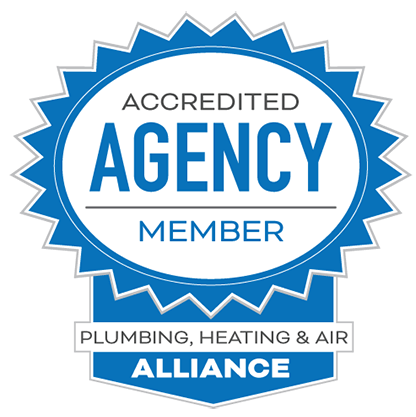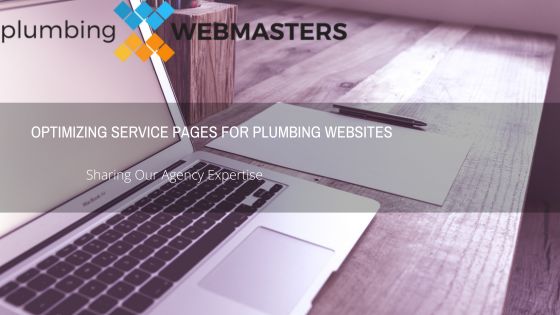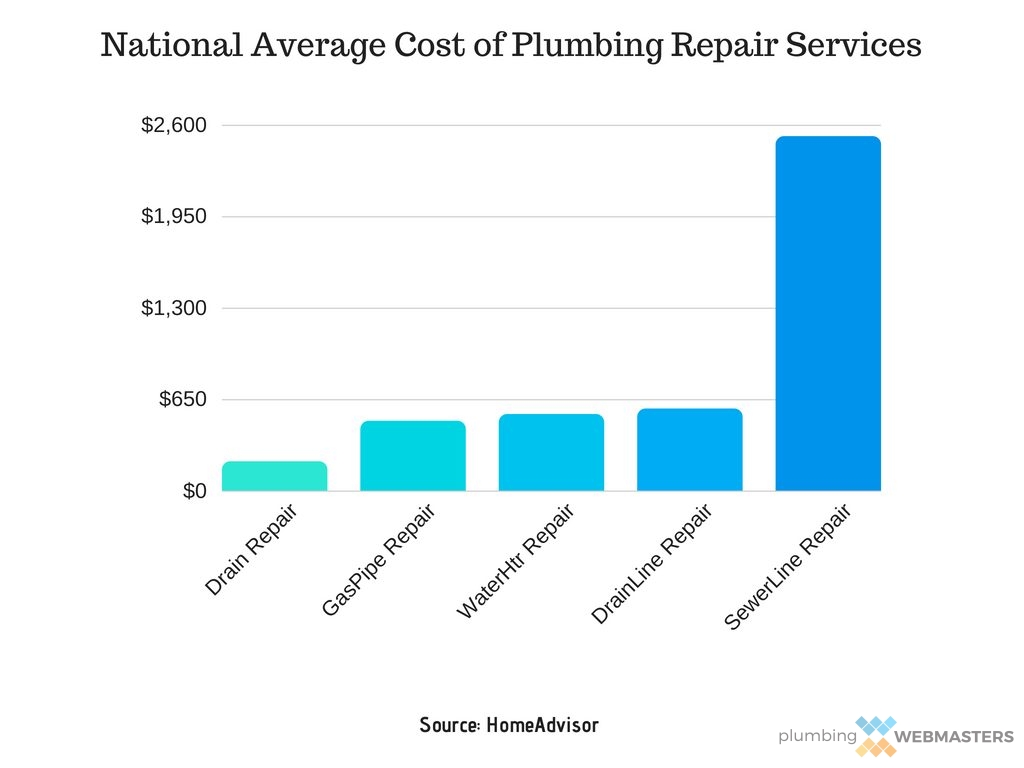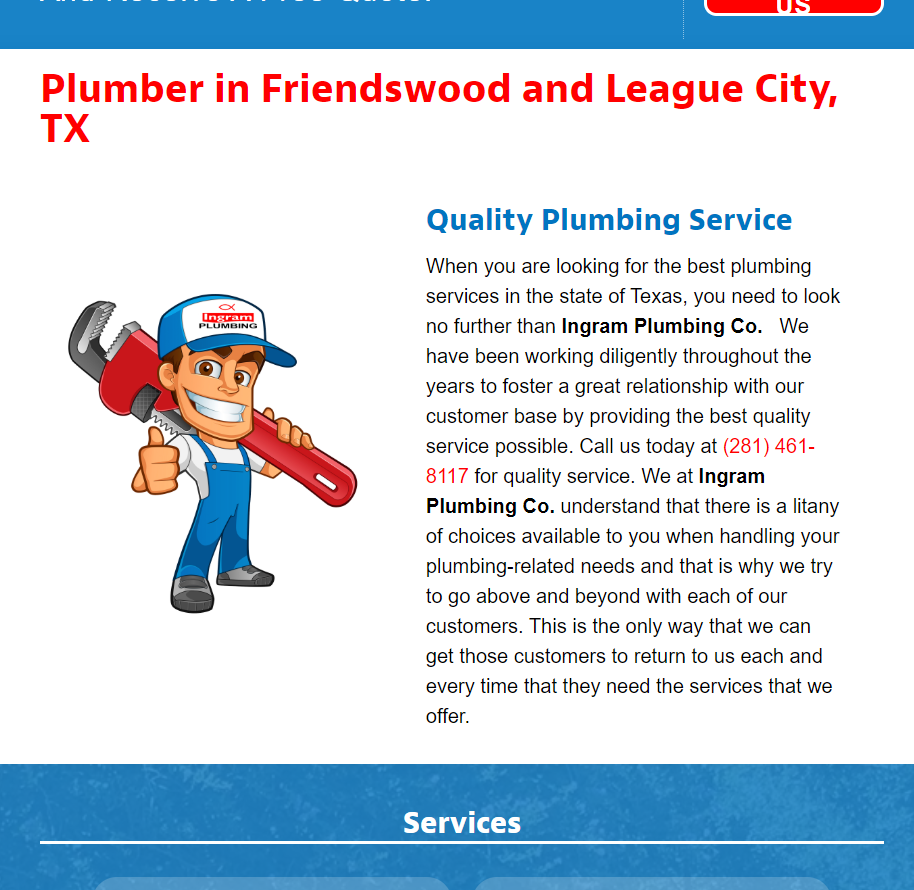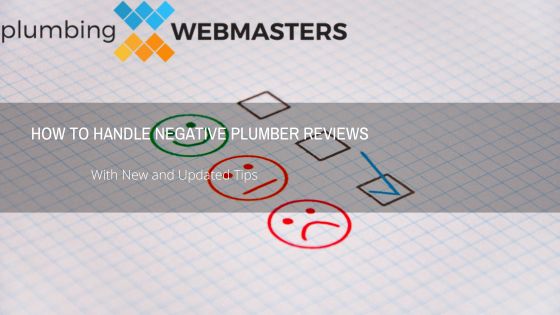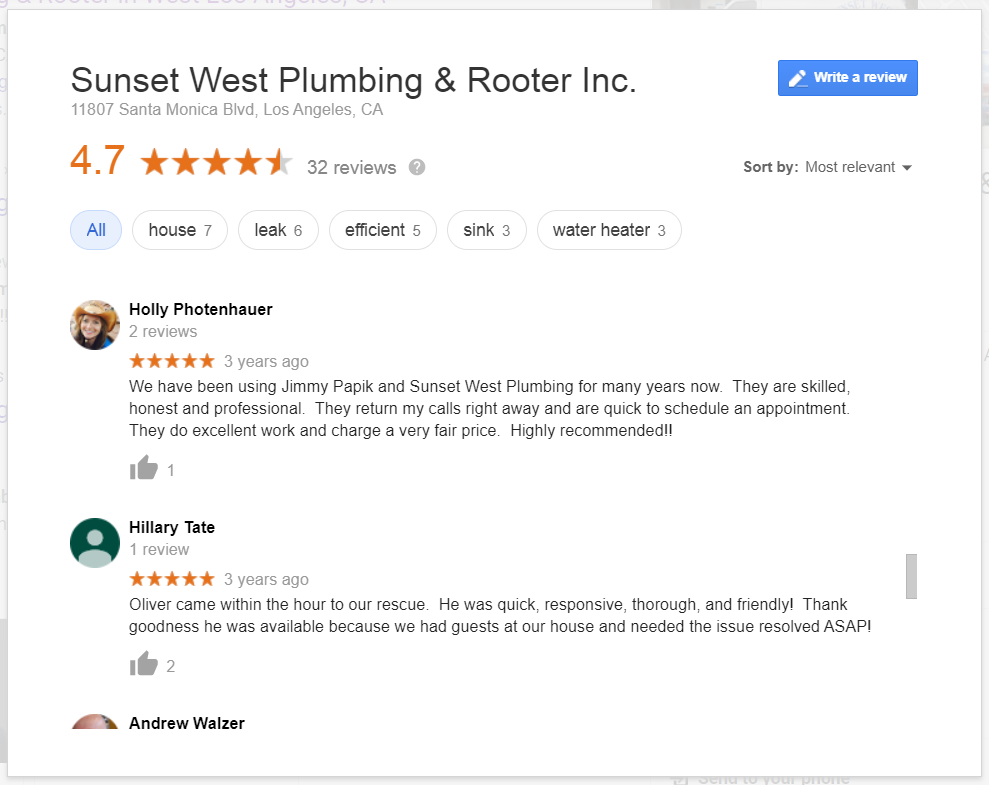Statistics show that 85% of consumers trust online reviews as much as personal recommendations. For local plumbers, this is a significant number. Before Google was the number one source of lead generation for plumbers, companies acquired contacts via word of mouth. Your reputation as a contractor or company was based on what your clients said about you. The difference back then was that words traveled more slowly than they do today. In 2021, word of mouth now travels at the speed of the nearest WiFi connection. It’s incumbent on modern companies to get more plumbing reviews to grow their business.
The Foundation for Plumber Reviews
Before you can generate reviews, you need somewhere for people to publish them. In the case of local plumbing companies, the main places will be Google Reviews and Facebook. You’ll need to create, optimize, and verify your Google My Business page and corresponding Google Maps listing, as well as your Facebook Business Page. Aside from these two leading platforms, it’s also helpful to have profiles on sites like Yelp, BBB, Angie’s List, and HomeAdvisor. The more review signals Google interprets, the better standing for your company. Consider the list of platforms you should have an optimized profile on:
- Angie’s List
- BBB
- Google My Business
- HomeAdvisor
- Yelp
Not only do these platforms make it convenient for customers to leave reviews on their choice of website, but it also helps brand your company in the eyes of Google. NAP citations are a significant factor for brand authority, and the more platforms you’re listed, the more power you build from the signals they produce. You might be thinking that the opportunity to leave reviews also encourages bad reviews, but you must trust that Google prefers seeing a couple of bad reviews to no reviews at all. The same is true of customers. They’d rather see 4.5/5 than 0/0. It’s your job as a plumber to give your clients a platform to voice their testimonials.
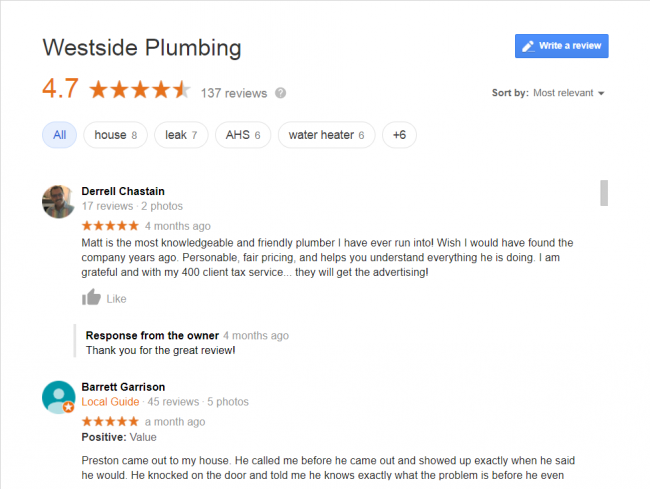
Generating Reviews
Once you have the platforms set up, you now must encourage customers to leave reviews on them. We noted that Google My Business and Facebook are the most important platforms and the ones you’ll want to encourage a customer most often to leave feedback. So how do you ethically do that? First, you should let go of any unethical ideas. For instance, paying someone for reviews will almost certainly come back to haunt you. Even giving someone a “discount” for leaving a testimonial violated guidelines. Instead, you should follow these steps:
- 1. Ask in Person
- 2. Provide Business Card With Links
- 3. Follow Up Text / Email
- 4. Follow Up Phone Call
Exercising common sense is highly recommended when pursuing feedback. For example, a satisfied customer is someone you certainly want to ask in person and then follow up via text, email, and phone call. Conversely, someone who treated you poorly and seemed unhappy with your service is someone you shouldn’t mention a review to at all. Why encourage them to leave negative feedback? Sure, they might do it anyway, but there’s no reason to increase the probability. Even for good customers, you’ll want to stop asking them after the follow-up phone call because if they get yet another reminder after that, they might get upset and feel that you’re harassing them.
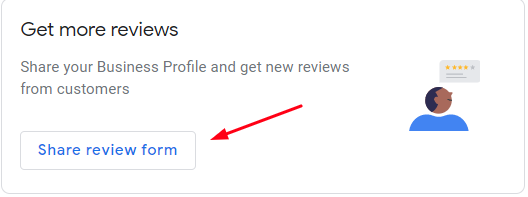
Managing Reputation
Now that you’ve generated your share of reviews, you must manage your online reputation. The more reviews you receive, the higher the likelihood that you get a few negative ones. For instance, 24 (5) star reviews and 1 (2) star review would provide an aggregate star rating of 4.88. That’s going to appeal to consumers considering your services far more than seeing only two perfect (5) star reviews would. That being said, when you start noticing more and more feedback, you should execute the following steps:
- Step 1 – Respond: Always respond to reviews, both negative and positive
- Step 2 – Resolve: For negative reviews, attempt to resolve the issue in a private forum
- Step 3 – Report: Any reviews that are inflammatory or insinuate false claims can be reported to the platform
- Step 4 – Maintain: Always keep an eye on your reviews, and have notifications whenever new ones are left
Finding time to manage your reputation online can be a challenge. Luckily, companies like Plumbing Webmasters exist to assist you in these areas. Our team of digital marketers provides reviews and reputations management for plumbers. Our DataPins SEO tool integrates your review links onto your very own company website. Also, it automates reputation management so that you can focus on the daily operations of running an excellent plumbing company. Doing great work will mean better reviews, which will help you rank higher on search results.
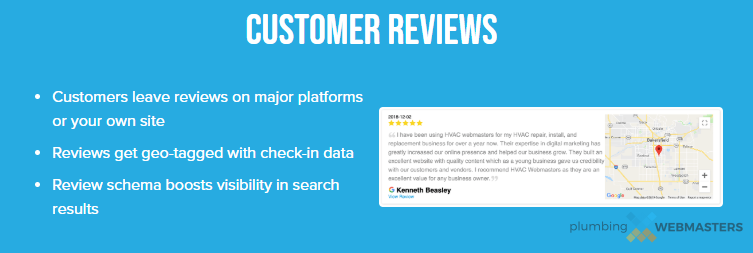
Plumbing Webmasters
We hope you listen to The Plumbing SEO Podcast to learn more about how plumbing companies can manage their reputation online and how it can directly influence your bottom line. If you decide to watch the video version of the pod, please give it a like on YouTube, which would help us in our efforts to spread to word about marketing for plumbers. Our goal as an agency is to provide affordable marketing services to contractors throughout the United States. We understand those angry customers are far more likely to leave reviews than satisfied ones — unless we make it more convenient for the latter. Whether it’s our DataPins software or our optimization of Google My Business profiles, we maximize the chances of receiving complimentary feedback.
We cannot understate the importance of establishing trust and reputation online. If you had to choose between every marketing endeavor on the web, reviews and reputation management would be at the top. Sure, you still need SEO, website design, and content marketing. Still, none of them will have much of an impact if you fail to establish a favorable reputation in your local community, which is now almost entirely online.
Podcast: Play in new window | Download
Subscribe: RSS



